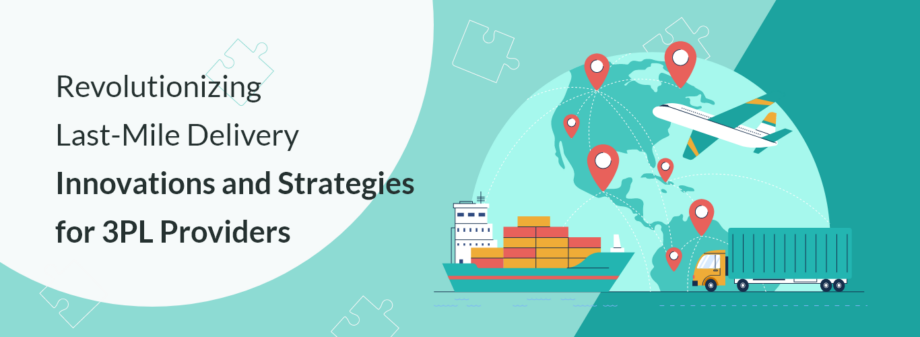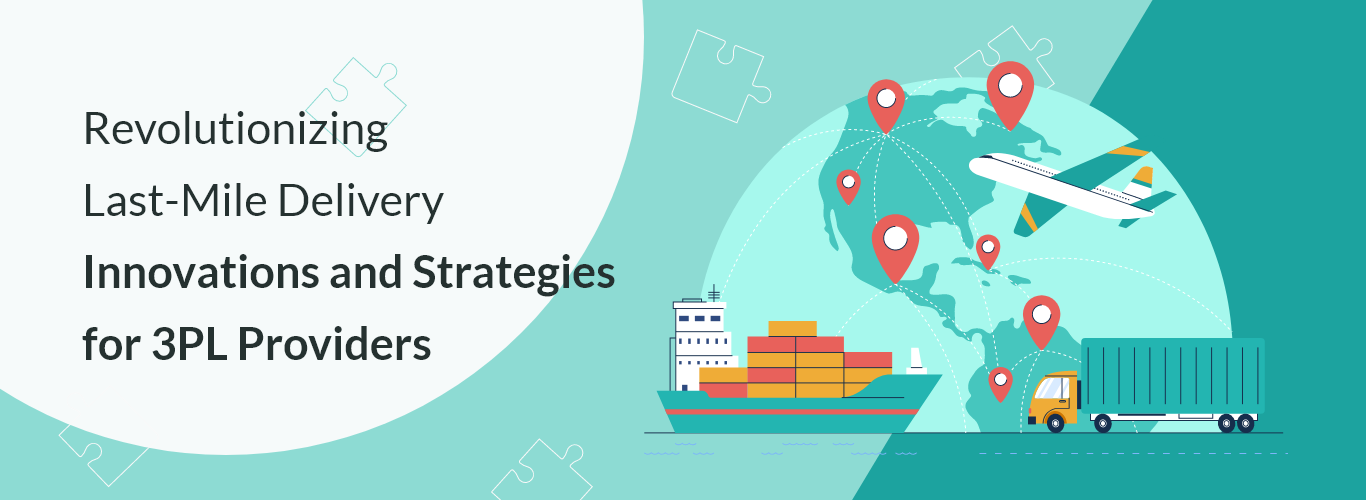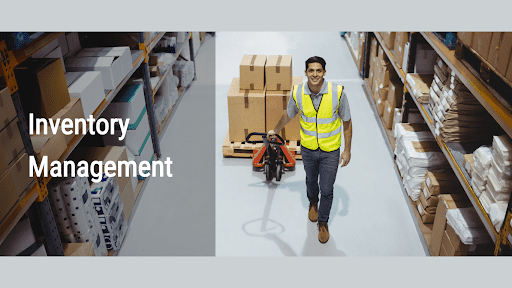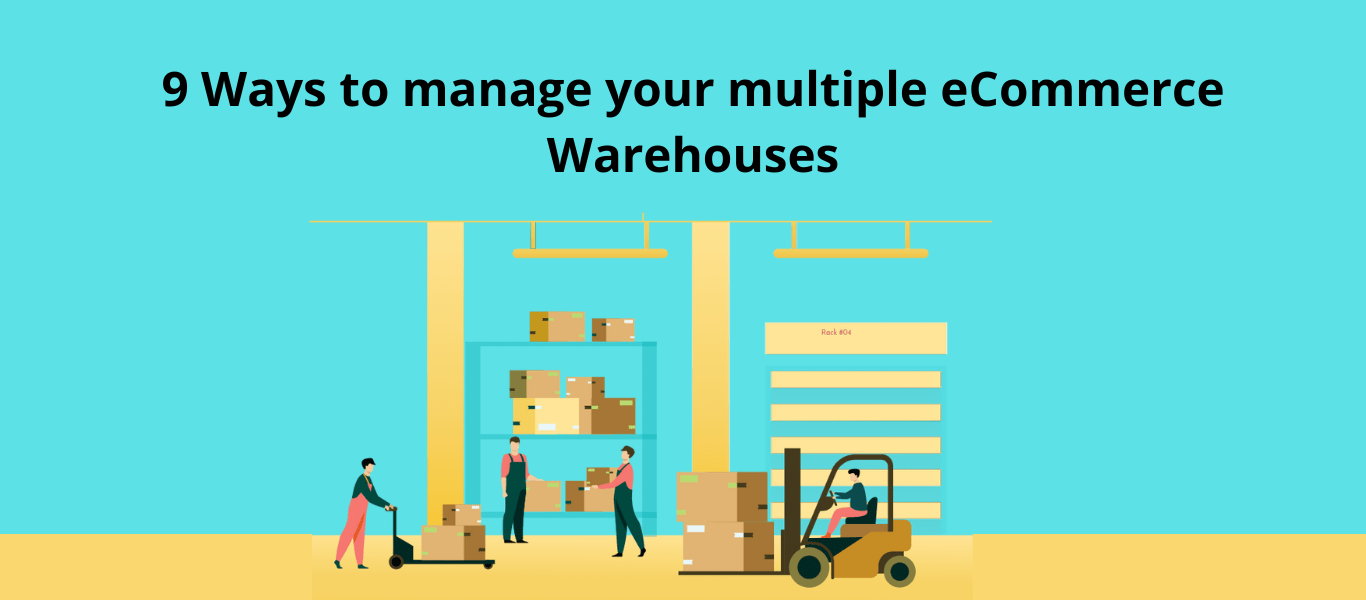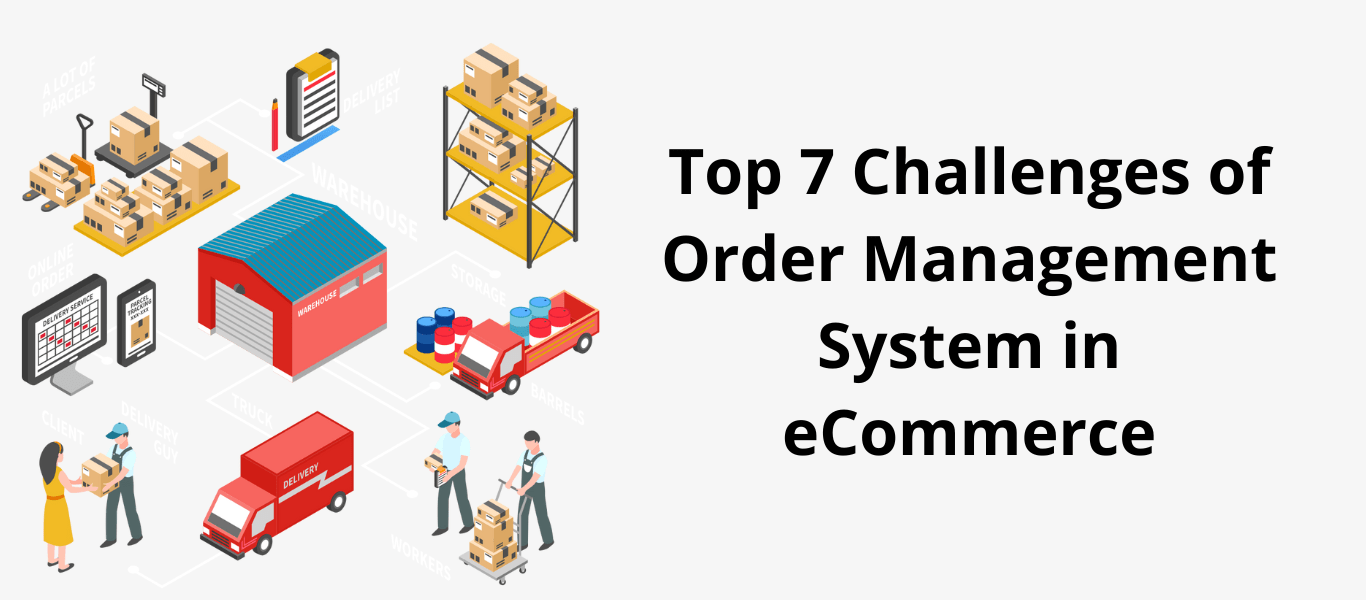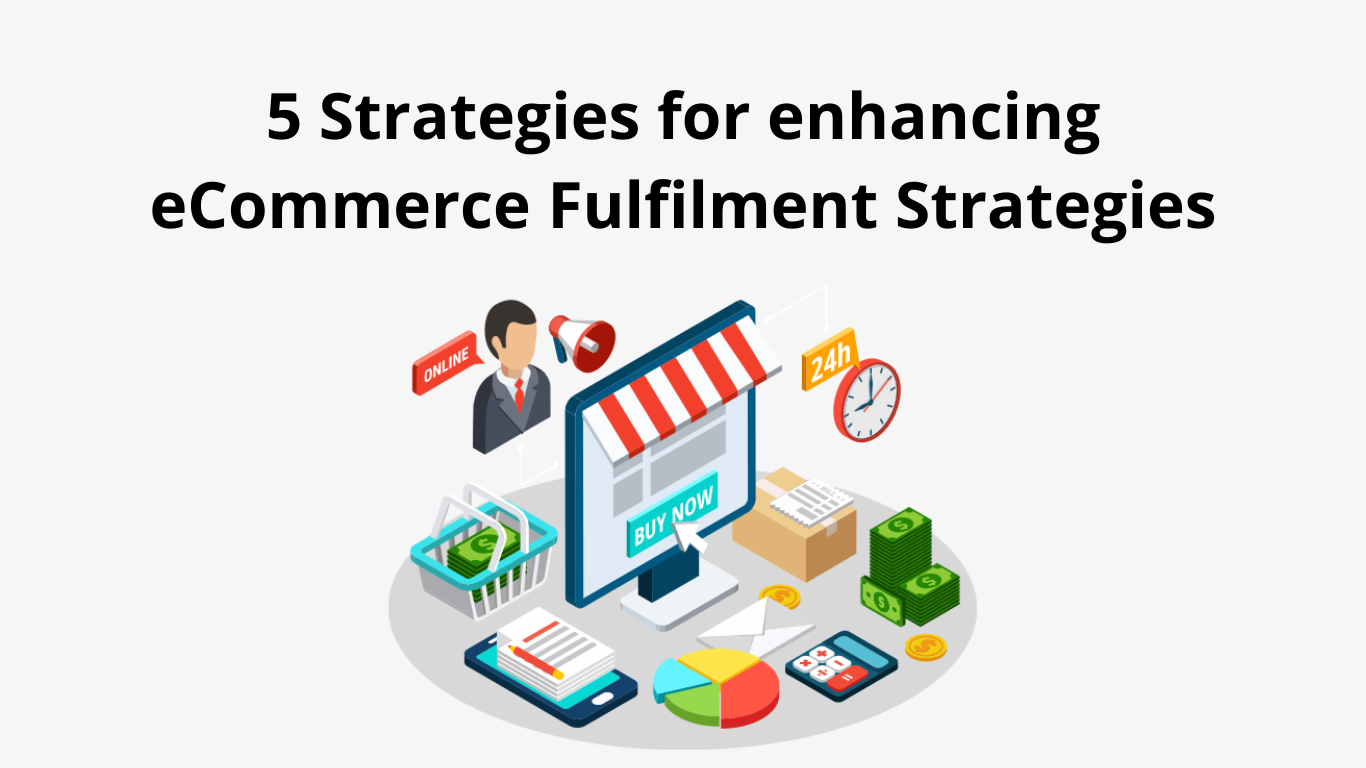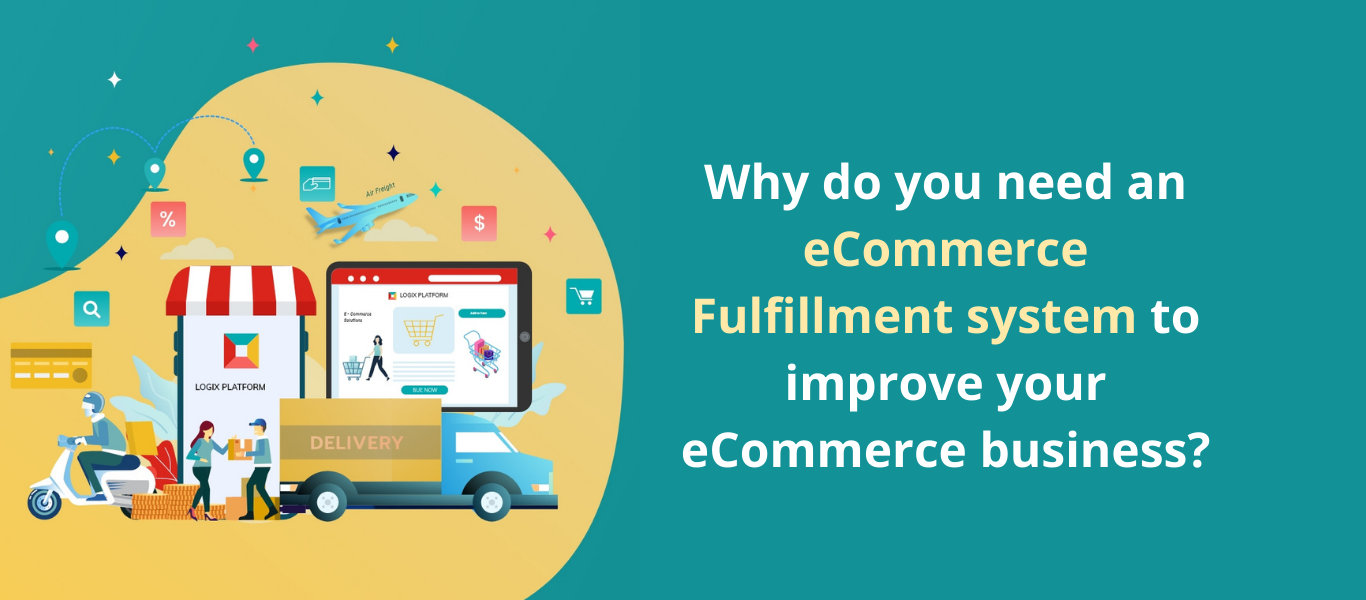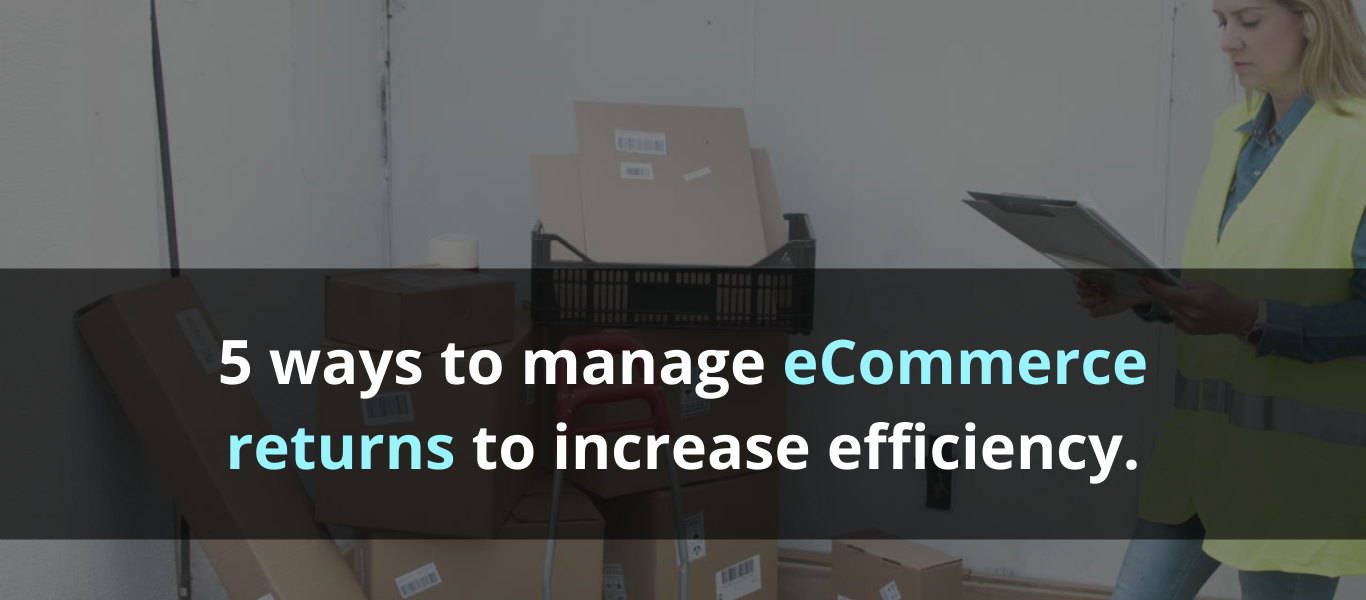The Ultimate Guide to Optimizing Reverse Logistics and Maximizing Profits

The e-commerce sector is swiftly transforming due to shifting consumer demands and market dynamics. In this dynamic context, the efficiency of supply chains becomes a critical factor for success. A crucial yet frequently neglected element of these supply chains is reverse logistics. This component plays a significant role in enhancing a business’s operational flexibility, cost-efficiency, environmental sustainability, and customer satisfaction. Reverse logistics, which involves the process of returning products from customers back to your warehouse or store, is a crucial aspect of e-commerce management.
To stay competitive and minimize significant losses, retailers need to find ways to optimize the product return process at every stage, starting when a customer decides to return an item. By implementing effective return management strategies, businesses can enhance their return on investment (ROI) and increase their profit margins. Supply Chain Management experts advocate for measures such as automating the return process, managing inventory efficiently, optimizing logistics, reducing return rates, and offering rewards to boost the bottom line and enhance profitability. This guide explores effective strategies for minimizing returns and maximizing profits. Strategies should be customer-friendly, as they will not only increase customer experience but also enhance profitability.
What is Reverse Logistics?
Reverse logistics refers to the supply chain process wherein products are returned from the end consumer to the retailer or manufacturer who originally distributed or sold them. These products are subsequently either resold, reused, or properly disposed of if they cannot be repurposed. This process encompasses returns, exchanges, and product recycling. Additionally, it may involve the redistribution of products back to the consumer through reselling, refurbishing, or recycling initiatives. Reverse logistics is crucial for businesses aiming to enhance customer satisfaction, comply with environmental regulations, and improve their bottom line by efficiently managing the flow of returned or end-of-life products. Understanding the ins and outs of reverse logistics enables you to remain competitive and maintain customer satisfaction.
What’s the Difference Between Traditional Logistics and Reverse Logistics?
Traditional logistics, also known as forward logistics, involves the movement and management of goods from the point of origin (such as a manufacturer or supplier) to the end customer (such as a retailer or consumer). Reverse logistics involves the same set of procedures but starts with customers through the initial point, that is, the supplier. In comparison with traditional logistics, reverse logistics involves extra challenges like tracking returns, handling returned items, and restocking or disposing of these products.
The Importance of Focusing on Reverse Logistics
In today’s digital marketplace, the emphasis on reverse logistics is more critical than ever. Reverse logistics significantly impacts several vital operational areas, all of which contribute to the overall success of a business. For both retailers and manufacturers handling customer returns, as well as companies managing end-of-life products, a thorough understanding and strategic implementation of reverse logistics can yield numerous benefits. Here are several key reasons why focusing on reverse logistics is crucial:
Strategies for Minimizing Returns and Maximizing Profits
1. Enhance Product Quality and Consistency
– Implement Stringent Quality Control: Ensuring all products meet high standards before they reach customers is crucial. Poor-quality products are one of the primary reasons for returns. Implementing robust quality control measures can significantly reduce return rates. For instance, brands like Toyota are renowned for their rigorous quality control processes, which have helped them maintain high customer satisfaction and low return rates.
– Use Reliable Suppliers: Sourcing materials and components from reputable suppliers helps maintain consistency in product quality. Establishing long-term relationships with trustworthy suppliers ensures that the materials used in production are reliable and meet quality standards.
– Regular Testing: Conducting regular testing and inspections to catch defects early can prevent subpar products from reaching customers. Companies like Apple and Samsung invest heavily in product testing to ensure their products meet high standards before they are shipped to customers.
2. Provide Accurate and Detailed Product Information
– Clear Descriptions: Offering detailed, accurate product descriptions, specifications, and images helps customers make informed purchasing decisions. This reduces the likelihood of returns due to mismatched expectations. A study by the National Retail Federation found that 22% of returns are due to the product not matching the description.
– Size Guides and Fit Information: Particularly for clothing and footwear, providing comprehensive sizing charts and fitting advice is essential. Brands like ASOS and Zappos offer detailed size guides and virtual fitting rooms to help customers choose the right size, thereby reducing return rates.
-User Reviews and Q&A: Allowing customer reviews and a Q&A section helps address common concerns and questions. This transparency builds trust and aids customers in making informed choices. According to Bazaarvoice, products with reviews see a 63% increase in conversion rates, which can also lead to a decrease in returns.
3. Improve Customer Service and Support
– Accessible Support Channels: Offering multiple customer support options, such as phone, email, live chat, and social media, ensures that customers can easily reach out with any issues or concerns. Providing excellent customer service can often resolve issues without necessitating a return.
– Proactive Communication: Communicating order status, shipping updates, and any potential issues promptly keeps customers informed and can prevent misunderstandings that lead to returns. Companies like Amazon excel in proactive communication, which enhances the overall customer experience.
– Easy Returns Process: Making the returns process straightforward but aiming to solve issues without necessitating a return can significantly improve customer satisfaction. Streamlined return processes, such as those offered by companies like Nordstrom, are a major factor in maintaining high levels of customer loyalty.
4. Analyze Return Data and Customer Feedback
– Identify Return Patterns: Using return data to identify common reasons for returns and address these issues can lead to significant improvements. For example, if a particular product has a high return rate, the company can investigate and address the underlying issues.
– Solicit Customer Feedback: Regularly asking for feedback from customers about their shopping experience and product satisfaction provides valuable insights. This feedback can be used to make necessary improvements to products and services.
-Continuous Improvement: Using insights from data and feedback to continuously improve products and services helps companies stay competitive and reduce return rates. Companies like Dell use customer feedback to enhance their product offerings continuously.
5. Optimize Inventory Management
– Demand Forecasting: Using advanced analytics and machine learning to predict demand accurately and manage inventory levels helps in maintaining the right amount of stock. This reduces the likelihood of overstocking or stockouts, both of which can lead to returns.
– Just-in-Time Inventory: Adopting a just-in-time inventory approach reduces excess stock and minimizes waste. Companies like Toyota and Walmart have successfully implemented just-in-time inventory systems to optimize their supply chains.
-Efficient Logistics: Streamlining logistics and supply chain processes to ensure timely delivery and reduce holding costs is crucial. Efficient logistics operations can lead to faster processing of returns and reduced associated costs.
6. Better Management of Reverse Logistics
– Track and Trace System: Implementing track and trace systems in logistics can significantly reduce the high costs associated with reverse logistics. Automated order management can enhance the recovery value of returned items. For instance, instead of returning an item to the warehouse, it can be redirected to the nearest location where a similar order has been placed. This approach requires seamless communication within operations management and the supply chain.
– Efficient Returns Processing: Streamlining the returns processing system to quickly evaluate, refurbish, and restock returned items can reduce the financial impact of returns. Companies like Best Buy have efficient systems in place to handle returns quickly and minimize losses.
7. Return Data Analysis
– Minimize Returns and Maximize Profits: To minimize return rates and enhance profit recovery from returns, retailers need to implement methods for swiftly analyzing return data. They should investigate the factors causing returns to make informed decisions. Various reasons include the time of year when returns spike, frequent return locations, customers prone to buying and returning, and specific SKUs with high return rates. This data aids in lowering return rates, optimizing inventory, and reclaiming value from returned items.
8. Provide Incentives to Retain Value
– Offer Store Credit: Instead of offering refunds, providing store credit can retain value within the business and encourage future purchases. Companies like Sephora and Home Depot use store credit to keep customers returning for more purchases.
– Loyalty Programs: Implementing loyalty programs that reward customers for keeping purchases rather than returning them can be effective. For example, offering points for purchases that can be redeemed for discounts on future purchases can incentivize customers to retain their items.
Industry Best Practices for Returns Management
Clear Return Policies: Having a clear and fair return policy helps manage customer expectations and reduces misunderstandings. Companies like REI have transparent return policies that build customer trust.
Reverse Logistics Automation: Automating the reverse logistics process can reduce manual errors and speed up the processing time. Using automated systems to handle returns can also provide real-time data for better decision-making.
Partner with Third-Party Logistics Providers: Collaborating with third-party logistics providers (3PLs) that specialize in reverse logistics can optimize the process. 3PLs can offer specialized services such as refurbishment, recycling, and efficient disposal of returned products.
Markup Strategies for Maximizing Profit
Dynamic Pricing: Implementing dynamic pricing strategies that adjust based on demand, competition, and other factors can help maximize profits. Companies like Amazon use dynamic pricing to remain competitive and maximize their margins.
Bundle Products: Offering product bundles at a discounted rate can increase the perceived value and reduce return rates. Bundling complementary products can also encourage higher average order values.
Conclusion
Effective return management and reverse logistics are essential for minimizing returns and maximizing profits in the competitive e-commerce landscape. By enhancing product quality, providing accurate product information, improving customer service, analyzing return data, optimizing inventory management, and better managing reverse logistics, retailers can significantly reduce return rates and increase their profit margins.
Implementing industry best practices such as clear return policies, reverse logistics automation, partnering with third-party logistics providers, and calculating optimal markups can further enhance profitability. Embracing these strategies not only improves the bottom line but also enhances customer satisfaction and loyalty.
Gain control over your returns using eComGlobus. Obtain valuable insights into your return procedures and discover opportunities to enhance your return policy. By utilizing returns analytics, you can pinpoint the reasons behind returns, spot patterns, and employ data-driven strategies to minimize return rates and boost profits. Stop allowing returns to impact your finances negatively; instead, equip your business with eComGlobus and take control of your returns-management strategy today.


